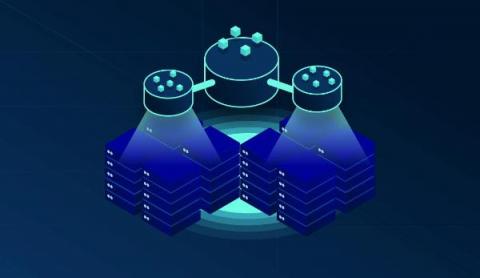Operations | Monitoring | ITSM | DevOps | Cloud
SRE
The latest News and Information on Service Reliability Engineering and related technologies.
Improving Team Health With Reliably
Improving team health within DevOps is vital for success in any engineering team. In this article, we’ll look at some of the ways that you can improve team health with Reliably so you can keep your developers happier, healthier and free from burnout.
Top Five Pitfalls of On-Call Scheduling
On-call schedules ensure that there's someone available day and night to fix or escalate any issues that arise. Using an on-call schedule helps keep things running smoothly. These on-call workers can be anyone from nurses and doctors required to respond to emergencies to IT and software engineering staff who need to fix service outages or significant bugs. Being on-call can be challenging and stressful. But with the proper practices in place, on-call schedules can fit well into an employee's work-life balance while still meeting the organization's needs.
Why More Incidents Are Better
Ask most SREs how many incidents they’d have to respond to in a perfect world, and their answer would probably be “zero.” After all, making software and infrastructure so reliable that incidents never occur is the dream that SREs are theoretically chasing. Reducing actual incidents by as much as possible is a noble goal. However, it’s important to recognize that incidents aren’t an SRE’s number one enemy.
Are you doing SRE wrong? 4 questions to ask
Development Velocity (And How To Balance Reliability)
How Does Chaos Engineering Work?
Chaos testing is a way to test the integrity of a system. Its purpose is to simulate failures that could crash a production system in a controlled environment. This helps to identify failures before they cause unplanned downtime that disrupts the user experience. Unlike standard testing, which tests a system response against a predefined result, chaos testing does not have a predefined result. Rather, the entire purpose of the experiment is to find out new information about the system.
Distributed Caching on Cloud
Lightstep Notebooks helps speed troubleshooting for SREs and developers
Digital business is an imperative for 21st-century companies. Increasingly, organizations are directing investments toward technologies that deliver outcomes fast and enable more resilient digital business models. In this landscape, incidents such as software bugs, power outages, or downed networks have major consequences that affect both revenue and customer loyalty.
How To Prepare for a Site Reliability Engineer (SRE) Interview
Site reliability engineering continues to gain traction in software development and IT. SRE is at the crossroads of software development and IT operations. In Ben Treynor’s words, SRE is “what happens when you ask a software engineer to design an operations function.” Site reliability engineering is a way for developers to actively build services and functions to improve the resilience of people, processes and technical systems.











